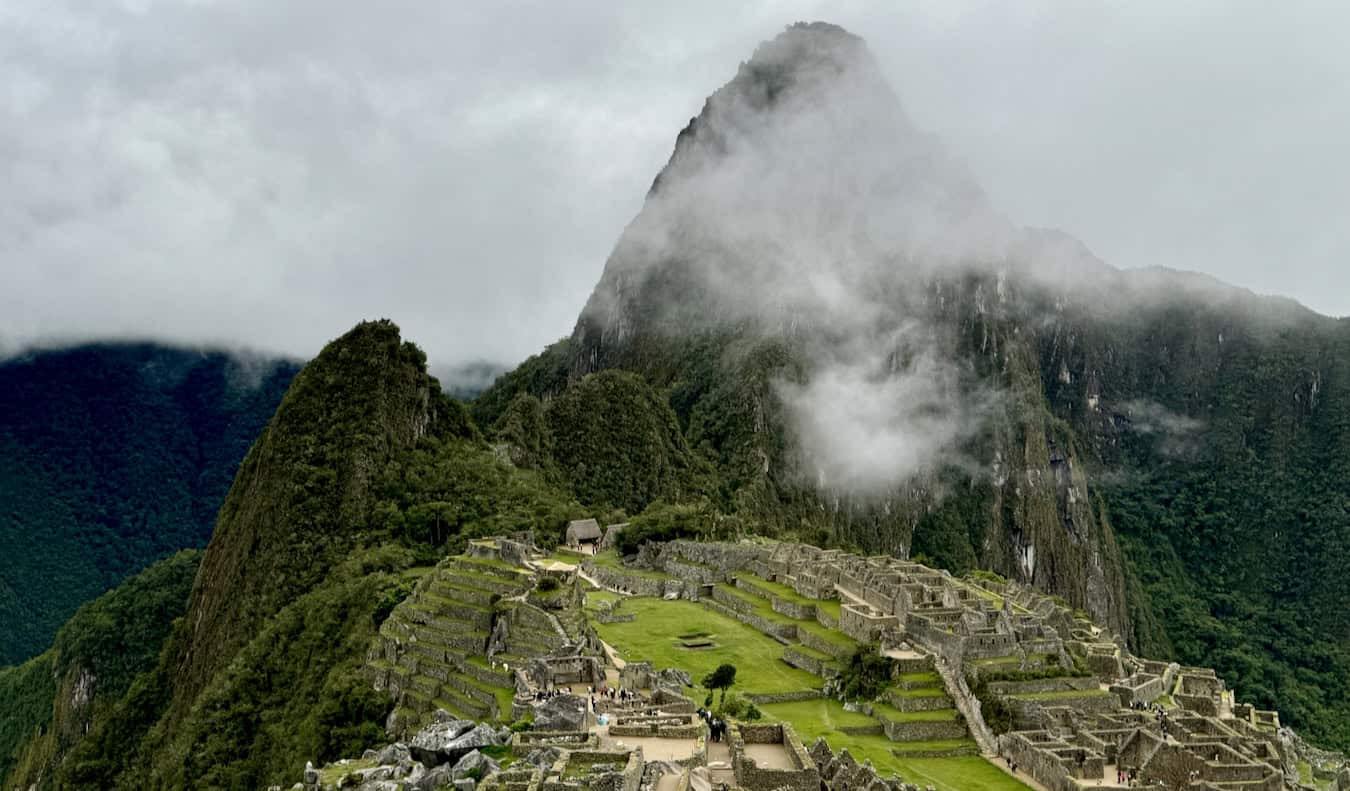 Peru is a massive country. To do it justice, you need a lot of time. From the capital of Lima to the ancient city of Cusco to the jungles of the Amazon to the beach towns to the ruins of the Sacred Valley, Peru presents you with a lot of options.
Peru is a massive country. To do it justice, you need a lot of time. From the capital of Lima to the ancient city of Cusco to the jungles of the Amazon to the beach towns to the ruins of the Sacred Valley, Peru presents you with a lot of options.
I spent 2.5 weeks there and absolutely loved it. But even at a fast pace, I still felt like I barely saw anything (even though I crammed a lot of activities into my trip).
So, in such a large nation, how do you break up a trip? How do you pick what to see and do? What kind of itinerary do you make?
Well, of course, a lot of that has to do with what you are going for: the Amazon, the hiking, the history, or the food?
Most first-time visitors to Peru do the southern route: Lima, Arequipa, Lake Titicaca, and Cusco/Sacred Valley. This route has the most historic sites and the biggest attractions. But there’s also the Amazon, the beach towns, and smaller ruins in the north.
To give you some ideas on potential routes, here are my suggested itineraries for visiting Peru:
Peru Itinerary: One Week
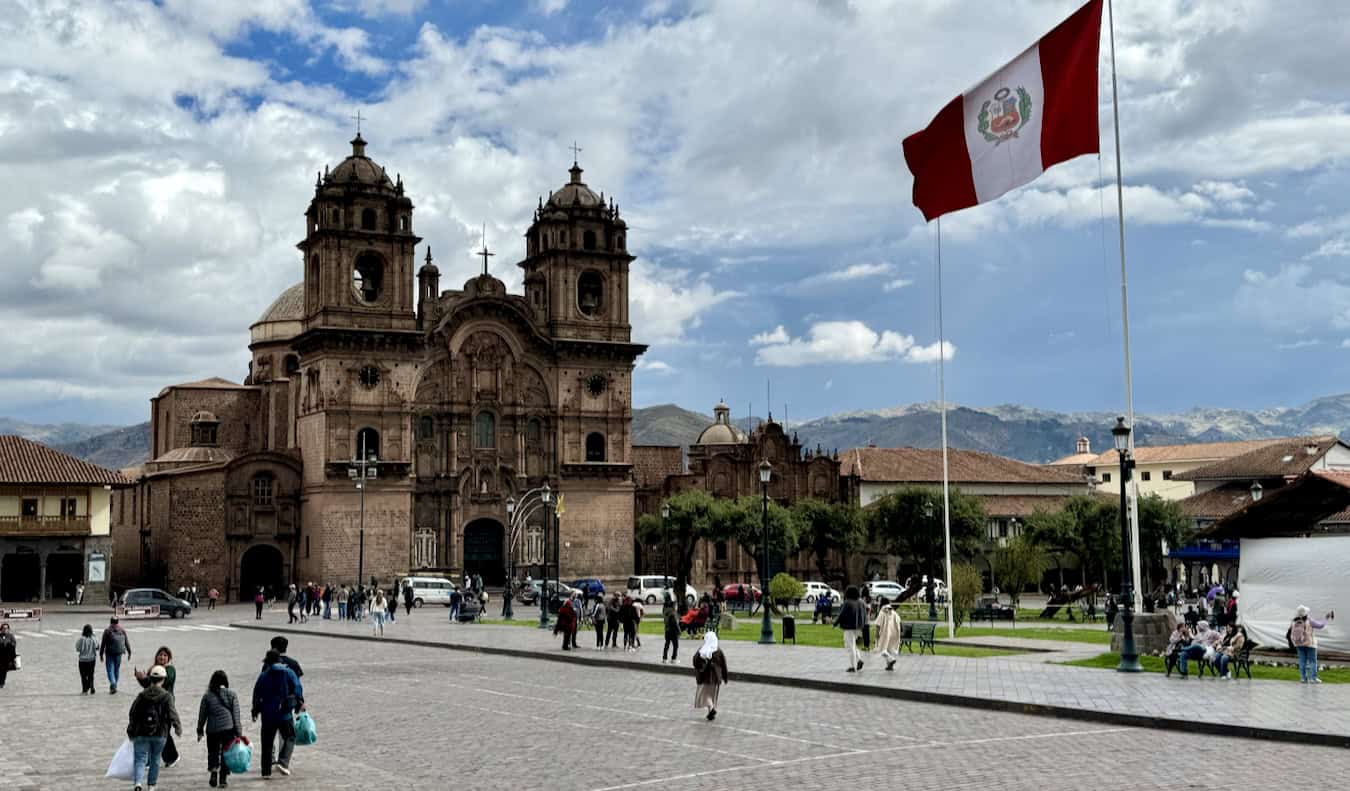
I would only go to Peru for one week if you’re just planning to hike the Inca Trail. If that’s the case, I’d fly to Cusco, spend two days acclimatizing (and seeing the sights I recommend below), and then do the hike. After that, you can spend a couple days relaxing in Cusco before flying home.
Peru Itinerary: Two Weeks
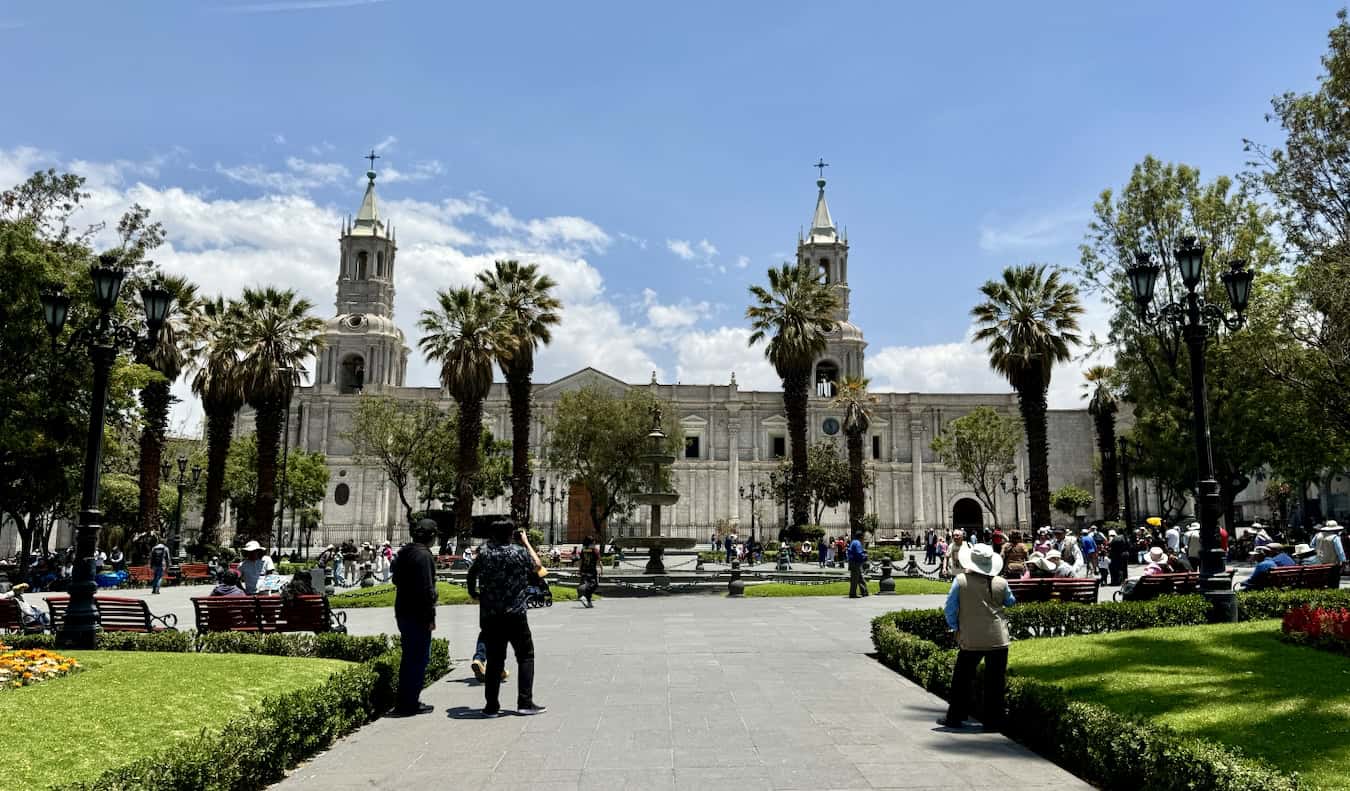
Two weeks allows you to get a good (albeit slightly rushed) feel of the country. You’ll need to move quickly (flying and overnight buses will be a must), and you won’t get a lot of down time, but it’s a doable itinerary.
Days 1–3: Lima
Fly into Lima (if you’re coming from the United States, you’ll land in the morning, so you’ll get a full day) and spend your first day sightseeing and eating as much as possible. The capital is a gigantic city home to over 11 million people. Most visitors concentrate on the neighborhoods of Miraflores, Downtown, and Barranco, as those are where the majority of the attractions are and because they are the safest districts.
My suggested things to do in Lima are as follows:
Free walking tour – I love free walking tours, as they are a great way to get to know a new place and its history, to get your bearings, and to connect with a local guide who can share their insider tips and info. Lima has a lot of free walking tour companies, but two I recommend are Milky Way and Free Walking Tours Peru.
Airbnb Experiences – Airbnb has a lot of incredible food tours, cooking classes, and history walks worth checking out. I think they’re an underrated resource as I’ve done some amazing activities via the platform. No matter your interest, you’ll be able to find something unique.
Museo Larco – This private museum features an extensive collection of pre-Columbian art, gold, and jewels in an old 18th-century mansion with a beautiful café with a nice garden. There’s also a section featuring pre-Colombian erotic art. Spanning over 5,000 years of history, it’s a great place to get a primer on Peru’s past.
Huca Pucllana – This is a huge adobe and clay pyramid built in seven staggered platforms. It’s massive and easy to get to as it’s in Miraflores, the main district everyone stays in, so it’s really easy to see. It served as an important ceremonial and administrative center for the Lima culture (a society that existed between 100 and 700 CE). Your ticket comes with a tour that lasts about an hour.
Surquillo Market – Located in the district with the same name, Surquillo is my favorite market in town. It’s huge and there are a lot of little restaurants here. If you’re looking to go shopping and eat some incredible and inexpensive food, this is the spot.
Museo de Arte de Lima – Opened in 1961, the Lima Art Museum is the main art museum in the city and has a collection that includes ceramics, textiles, sculptures, and paintings spanning over 3,000 years, from pre-Columbian times to the present, with a focus on local artists. They also have a rotating list of temporary exhibitions from international artists, so there’s always something new to see.
LUM Museum – Officially called the “The Place of Memory, Tolerance, and Social Inclusion,” this educational museum is dedicated to the Peruvian internal conflict of 1980s and 1990s and honors its victims. There were over 50,000 casualties from the conflict, which occurred between the government and the Maoist guerilla group Shining Path (60,000 people were displaced as well). It’s a sobering but must-visit museum.
Moreover, Lima has one of the best food scenes in the world, so be sure to eat, eat, and eat some more. The number one restaurant is here as are some of the other top ones. Just keep in mind that a majority of these higher-end spots close on Sunday and that you’ll need to make reservations months in advance (though if you arrive when they open, you might be able to get a seat due to a last-minute cancelation). Some that are worth the expense are:
- La Mar (seafood)
- Mercado (seafood)
- Maido (Japanese)
- Lady Bee (cocktails)
- Contraste (Peruvian)
- Central (Peruvian)
Next, depending on your interests, you could spend a couple more days in Lima sightseeing and eating (it’s a cool city), or head down the coast to Paracas, Haucachina, and Nazca before either coming back to Lima to fly to Arequipa (or just taking the overnight bus from Nazca). Paracas is famous for its mangroves, Haucachina for its sand dunes, and Nazca for the Nazca lines and the archeological site, Cahuachi. You don’t really need more than a night in each place if you are short on time.
Days 4–7: Arequipa
I absolutely love Arequipa. The White City (called that because of the white volcanic stone used for the buildings) has an incredible, energetic vibe, really vibrant food scene, and lovely Spanish architecture. It also makes for a good base to explore the nearby canyons and mountains the region is famous for. I could have spent weeks in the city I loved it so much (as did my friends). But, if yo only have a few days, I recommend spending two days exploring the city and then an overnight trip to the Colca Canyon, which is Peru’s Grand Canyon.
Here’s what’s not to miss in the city of Arequipa:
Free walking tour – There are a couple of great free walking tours run by the same two companies as in Lima.
Basilica Cathedral of Arequipa – Situated in the main plaza, this is the most important Catholic church in the city. Tours here take about 45 minutes (though you can go on your own), encompassing the beautiful paintings, ornate decorations, and massive organ.
Mundo Alpaca – This free museum gives you a lot of information about alpacas, their importance to Andean culture, and how their fur is made into clothes. (The signs are really detailed and well done.) Plus, you can even feed some of the animals at the center.
Santa Catalina – Taking up an entire city block, this convent is not to be missed. Founded in 1580, it was active for centuries. You get to explore a series of striking cloisters, chapels, and even an art gallery. I would recommend getting a guide for 20 soles, so you get more history and context. The tours last about an hour (but you can see it on your own after as well).
Yanahuara Mirador – Located outside the city center, this viewpoint gives you sweeping vistas of the city and surrounding countryside. The district of the same name is also a quiet, pretty neighborhood generally free of tourists that is worth exploring (check out La Nueva Palomino, an incredible restaurant serving inexpensive Peruvian food).
The Church of the Company – This is one of Arequipa’s most iconic churches, with imposing Baroque façade (the original was destroyed in an earthquake in the 1800s) and interior. Inside, you’ll find incredible paintings by native artists (and Virgin and Child by Bernardo Bitti) and gold altarpieces. Plus, you can visit the cloisters, which are now a gallery!
For fine dining, my two favorite spots were China and Indigo, which both feature innovative Andean food. For a delicious Peruvian holes-in-the-wall, check out Picanteria La Mundial. I also recommend a breakfast spot called Isidro, run by two Peruvians who spent time training in NYC. And Munanqui (a café) has some of the best sandwiches and tea selection I came across in the country.
For the Colca Canyon, there’s a lot of operators around. I went via the company Peru Hop. Most overnight tours cost around $40 USD.
Days 8–12: Cusco
From Arequipa, you can either take an overnight bus or fly to Cusco, a huge city with a lot of activities and sights to explore. Don’t try to rush it. In fact, spend as much time here as you can! It lives up to all the hype, and it’s filled with world-class restaurants, lots of art museums, fascinating historic sites, and beautiful architecture.
I would spend two days in town to acclimatize yourself before doing any major hikes, as it’s 13,000 feet above sea level!
Some of my favorite things to see and do here are as follows:
Free walking tour – As you can tell, I love a free walking tour, and there are half a dozen companies here. Your hotel or hostel can connect you with one, or you can use the companies mentioned in previous sections. Just remember to tip at the end!
Saqsaywaman – This citadel complex on the northern outskirts of the city was built in the 15th century, though the earliest occupation of the site dates back even earlier, to around 900 CE. A UNESCO World Heritage Site, it’s a hugely impressive structure and is definitely a must-see. You can hire a guide outside the entrance, as there’s no signage here. It’s also super easy to get to (you can walk there or take the bus).
Qorikancha – The most important Incan temple in Cusco is located in the heart of the city. Named “The Golden Temple” (because the walls were once covered in sheets of gold), it was where the High Priest resided and where various sacrifices were held. It was demolished and turned into a church by the Spanish, but a lot of the original walls are still there. It also features rotating art exhibits.
The Pre-Columbian Art Museum – Opened in 2003, this museum dedicated to the display of archaeological artifacts and examples of pre-Columbian artworks. There are almost 500 items on display here, many of which are n load from the Larco Museum in Lima (its parent museum). If you missed the museum in Lima, this is a good one to see instead since they cover a lot of the same stuff.
Coca Museum – Museo De La Coca is a tiny museum that goes into great detail about the history of coca and its importance to local culture, as well as how it became defined by cocaine over the centuries. I was really impressed by the level of detail in the descriptions. If you’re going to hiking, chances are you’re going to be chewing cocoa leaves, so be sure to stop by. It’s small, but interesting!
Machu Picchu Museum – Be sure to see this museum before you visit the site as it gives a lot of history about the site and its rediscovery in 1911 by Hiram Bingham. There are informative displays, educational videos about the original excavations, and artifacts from the site. It’s a nice primer to visiting the actual ruins.
Franciscan Convent – This beautiful convent is filled with majestic tapestries, paintings, and cloisters, and features a decorative church. There’s very little signage, but the pamphlet they give you is really detailed. It was built in 1572 by order of Viceroy Francisco de Toledo. Don’t miss the library, which has a polyglot bible written in five languages.
Regional Historical Museum of Cusco – Opened in 1946, this museum does a decent job of explaining the history of the region, especially before the Spanish arrived. There’s a decent collection of textiles, paintings, and ceramics. The other sections leave a bit to be desired, but it makes for a short stop if you want to learn more about the region’s history.
San Pedro Market – This is the largest and most vibrant market in town. If you want to do any shopping, get some local produce, or just wander around and snack, this is the place to do it!
San Blas – This area of Cusco is famous for its art and restaurants (fun fact: the Incas originally settled artists from around the empire here, and it’s been an artsy district ever since). The area has a bohemian vibe and it’s up on a hill, so there are a few good viewpoints too.
Then spend as many days you want hiking. Everyone goes to visit Machu Picchu, but I wouldn’t recommend doing it in a single day, because you have to get up soooooo early from Cusco. Instead, I would go to Ollantaytambo the night before and then either take the train or you can do hike from Km104. (For more information on trekking Machu Picchu, check out this post.)
If you’re interested in other treks, there are also hikes to Palcoyo, Waqrapukara, Huchuy Qosqo, Pumamarca, and so, so, so many others. Really, you have a ton of options!
After that I would, come back to Cusco for a day and relax or fly to Lima for a day there before your flight.
Days 13 & 14: Lima
Spend your final day or two sightseeing and eating before flying home.
Alternative Two-Week Itinerary
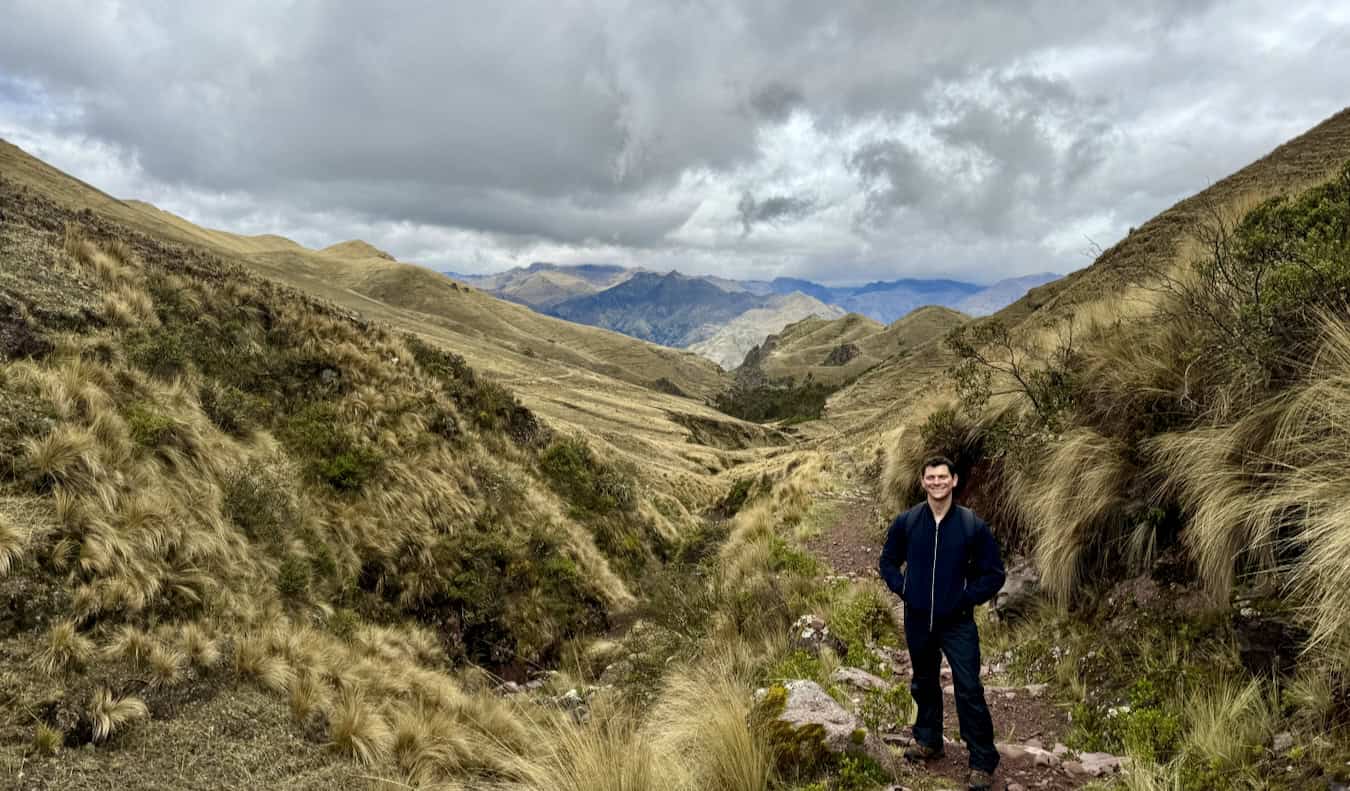
Conversely, if you wanted to visit the Amazon, you could cut out Arequipa, keep the same itinerary for Lima and Cusco and go to either Puerto Maldonado or Iquitos to see the Amazon. Puerto Maldonado has more high-end jungle lodges, whereas from Iquitos you could do some multiday river cruises. Both destinations require flights to get to.
Peru One Month Itinerary
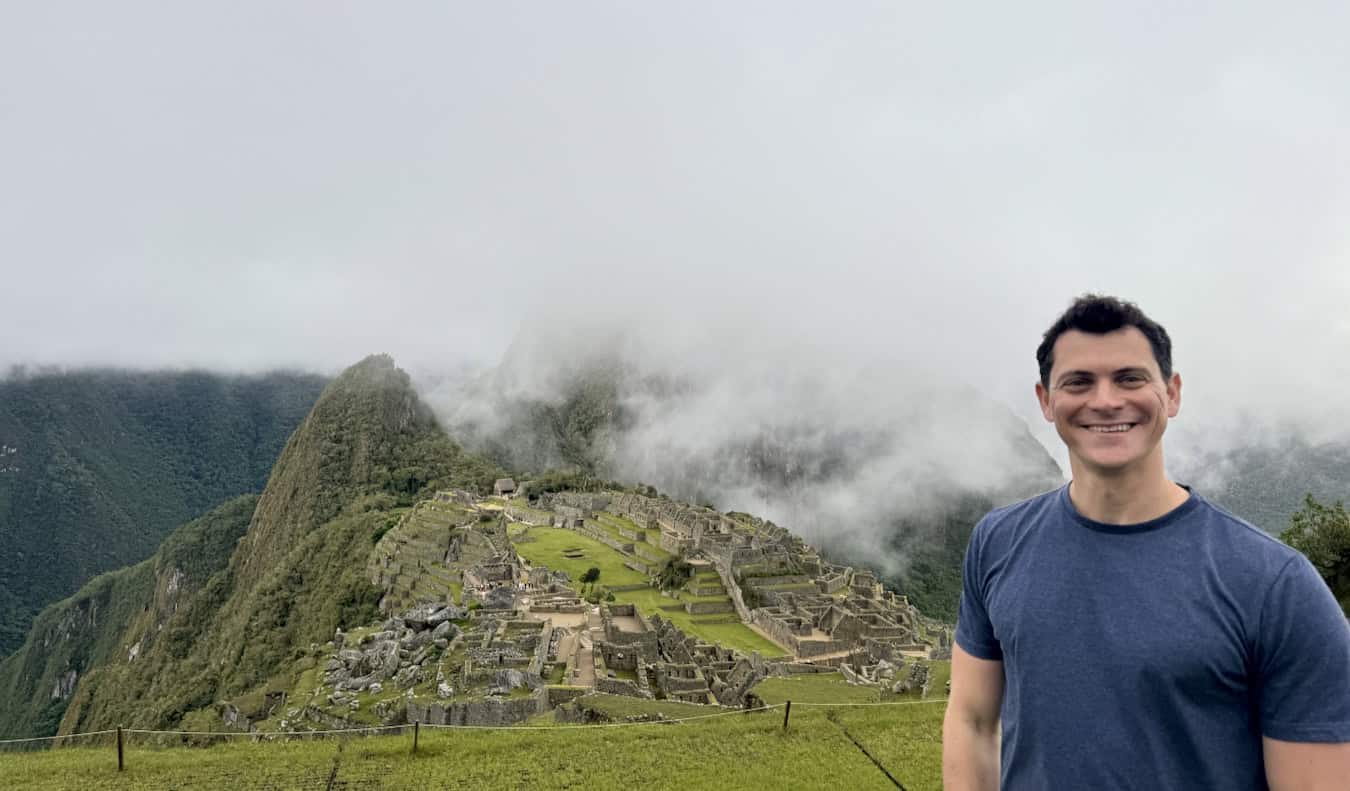
If you have a full month, I would follow the above two-week itinerary but also add in the following:
Do more hiking – There are so many hikes in the Sacred Valley (and around Peru in general) that if you have the time, you could hike as much as you want. You have the ones I mentioned about as well as multi-day treks in the Colca Canyon, up north in the Amazon, and lots of other places!
Visit the Amazon – Peru is where the Amazon River begins its journey to the Atlantic. Definitely check out either Puerto Maldonado or Iquitos to explore and learn about the jungle and river. In Iquitos, you can take 3-5 day river cruises.
Puno/Lake Titicaca – You can spend a couple of days in Puno, which is somewhat between Cusco and Arequipa, and take in the famed Lake Titicaca, the highest lake in the world. There’s not much in Puno but the lake is tremendous. I’d spend 2-3 days here.
Mancora – Located up north, Mancora is a famous beach town and a great place for world-class seafood. It’s kind of a party spot, but you can also visit without partying. It’s also pretty remote, so the best way to get there is to fly.
Spend more time in the other areas – You can also add in more days in the Colca Canyon, Nazca, Lima, or really any other part of the country that suits your interests!
Peru is a gigantic country. You’ll never have enough time, no matter how much you have (unless you move there). There’s way more to see than you might think, so, as you make your itinerary, don’t stress too much or try to jam it all in. See what you can and use the above suggestions as a starting point. Do that, and you’ll be sure to have an amazing trip!
Book Your Trip to Peru: Logistical Tips and Tricks
Book Your Flight
Use Skyscanner to find a cheap flight. They are my favorite search engine because they search websites and airlines around the globe so you always know no stone is left unturned.
Book Your Accommodation
You can book your hostel with Hostelworld as they have the biggest inventory and best deals. If you want to stay somewhere other than a hostel, use Booking.com as they consistently return the cheapest rates for guesthouses and cheap hotels.
Don’t Forget Travel Insurance
Travel insurance will protect you against illness, injury, theft, and cancellations. It’s comprehensive protection in case anything goes wrong. I never go on a trip without it as I’ve had to use it many times in the past. My favorite companies that offer the best service and value are:
- Safety Wing (best for everyone)
- Insure My Trip (for those over 70)
- Medjet (for additional evacuation coverage)
Looking for the Best Companies to Save Money With?
Check out my resource page for the best companies to use when you travel. I list all the ones I use to save money when I’m on the road. They will save you money when you travel too.
Want More Information on Peru?
Be sure to visit my robust destination guide on Peru for even more planning tips!
The post My Suggested Peru Itineraries: From 1 Week to 1 Month appeared first on Nomadic Matt's Travel Site.
https://ift.tt/jhXvE3O January 13, 2025 at 06:30PM
Comments
Post a Comment